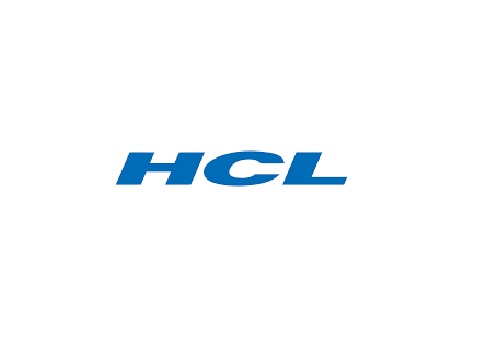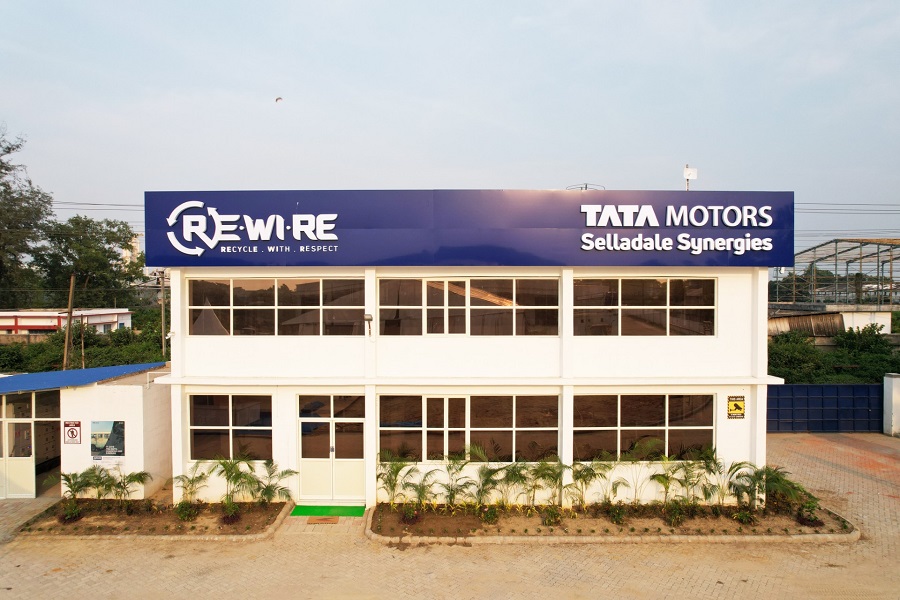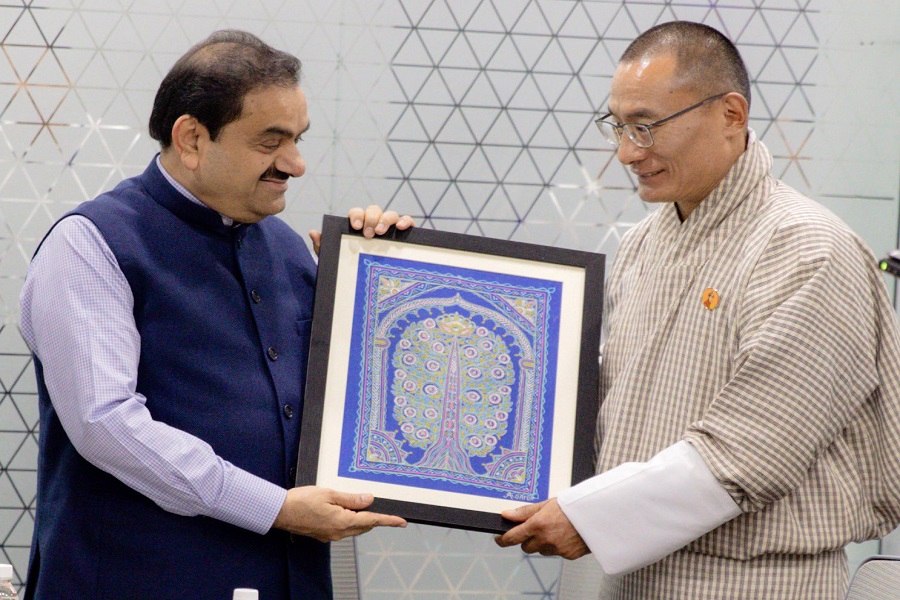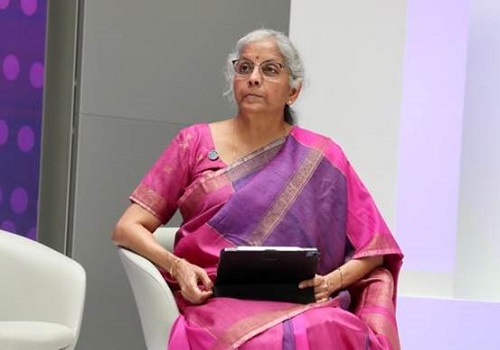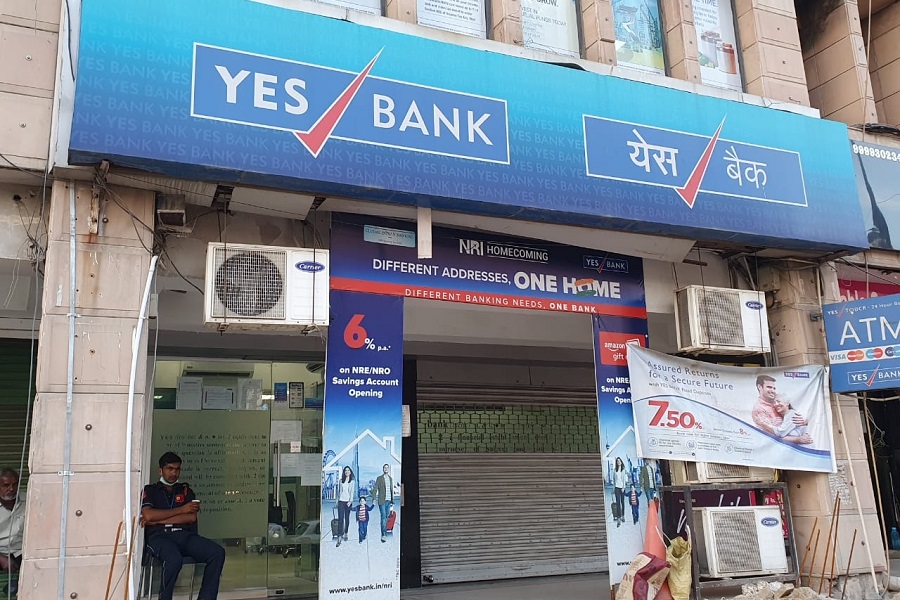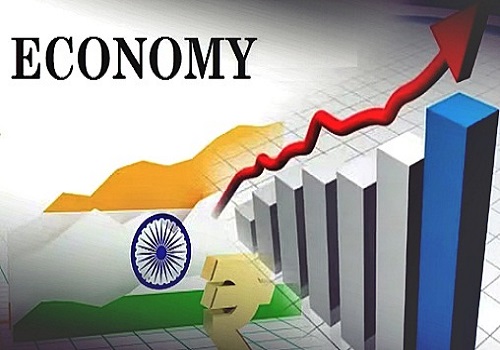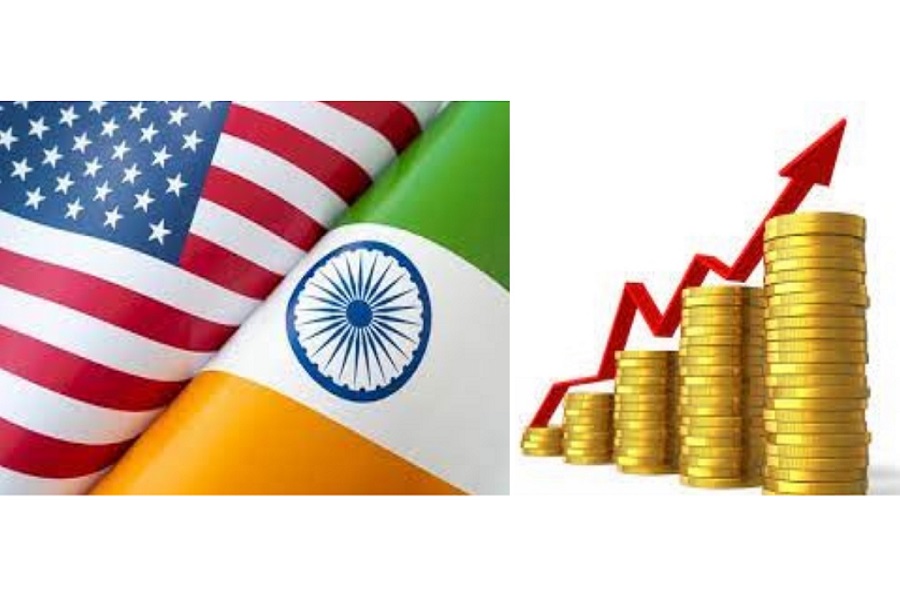Opportunity for OEMs to ride on auto LPG

India overtaking Japan to become the third largest auto market in the world recently is a matter of honour. The automobile sector contributes about 7 per cent to the GDP and 35 per cent to manufacturing GDP while generating an employment of about 37 million.
In terms of fuel technology, while diesel vehicles have exhibited a downward trend in production and sales, petrol-driven cars have continued to dominate. Simultaneously, CNG variants have shown an impressive surge, with hybrids and EVs recently demonstrating some degree of traction among buyers.
However, at a time when there are concerted efforts underway from the global community, including the Indian government, to contain the damages arising out of the overheating of the planet, OEMs continuing to overlook Auto LPG is inexplicable. Particularly when auto LPG has been the third most widely used alternative fuel in the world by most estimates.
India is moving in the reverse direction, contrary to global trends
When global consumption of auto LPG has shot up by over 40 per cent in the last ten years, India has depicted just the opposite trend, particularly in the recent four years. There has been a sharp decline in sales of auto LPG vehicles in 2022 compared to 2018.
At a time when a large part of the developed world is making auto LPG a fuel of its choice through conscious policy interventions and stimulus, India not actively embracing it defies logic and reasoning.
For instance, while Europe has nearly 16 million autogas vehicles, 50 per cent of taxis in Australia and most taxis in Japan run on autogas. Likewise, 95 per cent of taxis in South Korea run on autogas, a staggering figure.
In Western Europe, OEM vehicles, i.e., with factory-fitted dual-fuel systems, represent the majority of new autogas vehicles. Although it is similar in India, only the three-wheelers drive the bulk of the demand for LPG vehicles.
However, OEMs must increase their production of LPG variants for passenger and private vehicles for four-wheelers. In terms of cost, even though there is a parity between petrol and mono-filled autogas cars in India, OEMs need to increase the production of auto LPG variants in the country.
OEMs need to do more
Even as governments worldwide strive to reverse the adverse implications of carbon-driven industrial growth and development for the longest time, companies, including automotive OEMs, are increasingly held accountable for their actions.
With concepts such as Environmental, Social, and Governance (ESG), Corporate Social Responsibility (CSR), and Corporate Environment Responsibility (CER) increasingly coming into their own and companies improving their compliance records on that score, automotive OEMs particularly need to do more.
While being mindful that transportation is responsible for nearly 40 per cent of pollution in India, they also require no reminder that auto LPG has zero global warming potential against methane’s 25.
Additionally, with a low carbon-to-hydrogen ratio, LPG emits less carbon dioxide per amount of heat produced. Compared to traditional ICE vehicles, auto LPG emits much fewer harmful gases such as nitrous oxides carbon dioxide, and negligible PM 2.5 emissions, a notoriously colossal health risk for all.
Moreover, LPG is even less hazardous than the other popular alternative fuel, CNG – gaining popularity only due to the government’s policy support – and leads to less nitrous oxides and carbon dioxide emissions than the latter. LPG gives off 13 per cent lower methane and 54 per cent lower PM emissions than CNG.
Although not directly connected with auto LPG, it has been estimated that a switch to LPG in households has decreased death rates by 64 per cent due to household air pollution. Furthermore, a Lancet study has revealed that more than 16 lakh people died due to air pollution in India in a year.
Supply and cost stability of LPG, a catalyst for OEMs
Ever since the US has turned into an energy exporter from being an importer on the back of shale gas discovery, there has been relative stability in the global auto LPG markets from the standpoint of supply and cost.
To put things in perspective, in 2022, there was a global production of 331.6 million tonnes of LPG against demand of 316.9 million tonnes. Then, the recent improvement in India’s geopolitical relations vis-à-vis West Asian countries has also injected a sense of stability for users in India, whether for automotive fuel or any other end-use.
At the same time, thanks to the country-wide project Ujjwala, the LPG terminalling infrastructure has improved tremendously, thereby addressing OEM’s possible concerns on the supply and distribution of auto LPG within the country.
OEMs stepping up to have implications for retro fitment and conversion kit market
Once OEMs step up production and develop more auto LPG variants, ironically enough, it would galvanize the auto LPG retrofitment and conversion kit players into action. For the latter, the challenge has been in terms of stiff Type approval norms and prohibitively high GST on conversion kits as well as auto LPG itself.
For its part, while incentivizing OEMs by way of reduced GST on auto LPG and other measures, the government must also address the needs and demands of retrofitment players, most of which happen to be MSMEs, already reeling under the Covid-19-induced shock.
Therefore, as socially and environmentally responsible businesses whose future successes would undoubtedly be contingent on India remaining health-conscious. OEMs must contemplate the manufacturing and launch of a more significant number of auto LPG variants in the country. If eight of the ten largest car manufacturers in the world produce LPG-powered cars, there is no reason why they can’t do the same for the Indian market.

